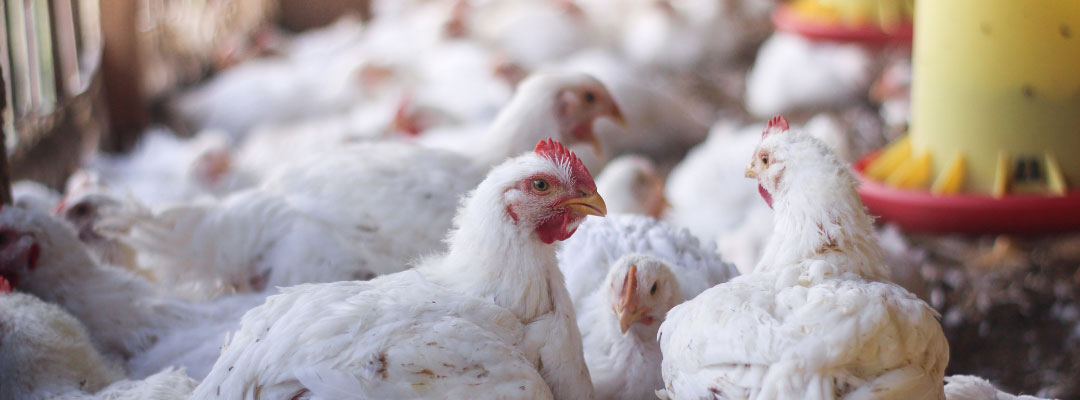While some states across the southern region have strict environmental regulations on applying broiler litter to farmland, other states can apply year-round. Fall application of litter is a common practice by some producers due to wet soil conditions in the Spring, lack of time to spread litter near planting, and litter availability in the spring vs. the fall. However, there are economic consequences to Fall application of broiler litter. Applying broiler litter in the fall, fallow ground will suffer from ammonium volatilization and leaching, resulting in little to no nitrogen come spring. Therefore, the economic value of spring application is higher compared to the fall application on fallow soils. Ammonium volatilization and leaching can be avoided in the fall if broiler litter is applied to cropland with a planted cover crop.
Regardless of when broiler litter is applied, the nutrient content of litter varies depending on in-house management strategies and feed mix. In February, I wrote an article illustrating the range of broiler litter nutrient content sampled in Kentucky (article found here). The average “as received” nutrient content of broiler litter was 50 lbs of nitrogen (N), 56 lbs of phosphorous (P2O5), and 47 lbs of potassium (K2O) per ton. Using this nutrient content (assuming your soil tests indicate the need for P2O5 and K2O) and current fertilizer prices of $825/ton for urea ($0.90/lb N), $930/ton for DAP ($0.66/lb P2O5), $857/ton for potash ($0.71/lb K2O), the economic value of broiler litter applied in the fall to fallow cropland is $65/ton. Given the variability in the nutrient content of broiler litter, Figure 1 illustrates the fall value of broiler litter applied to fallow cropland across 740 litter samples at current fertilizer prices. If broiler litter is applied to cover crops, the value increases to $88/ton. Both fall application values have increased compared to last year. Fall broiler litter values are up 20% compared to 2021 and have more than doubled since 2020.
If litter availability in the spring is a concern, stockpiling litter purchased in the fall can be an option if local, state, and federal regulations allow. Producers can expect minimum nutrient loss for spring application with the correct storage techniques and a properly staked litter pile. If the same commercial fertilizer prices hold, the average broiler litter would have a value of $92/ton if properly stored and applied in the spring. As illustrated, broiler litter’s value varies based on application timing, nutrient content, soil test data, and commercial fertilizer prices. It is critical to measure boiler litter and understand the economic and environmental consequences of fall vs. spring management strategies.
Figure 1. Variation in fall boiler litter value applied to fallow cropland given current commercial fertilizer prices and 0% N, 80%P2O5, and 100% K2O plant available nutrients (n=740)


Author: Jordan Shockley
Associate Extension Professor
jordan.shockley@uky.edu
Shockley, Jordan. “Fall vs. Spring Application of Broiler Litter.” Southern Ag Today 2(48.3). November 23, 2022. Permalink

